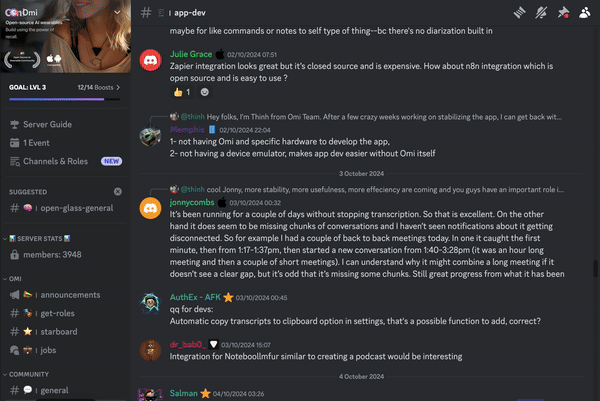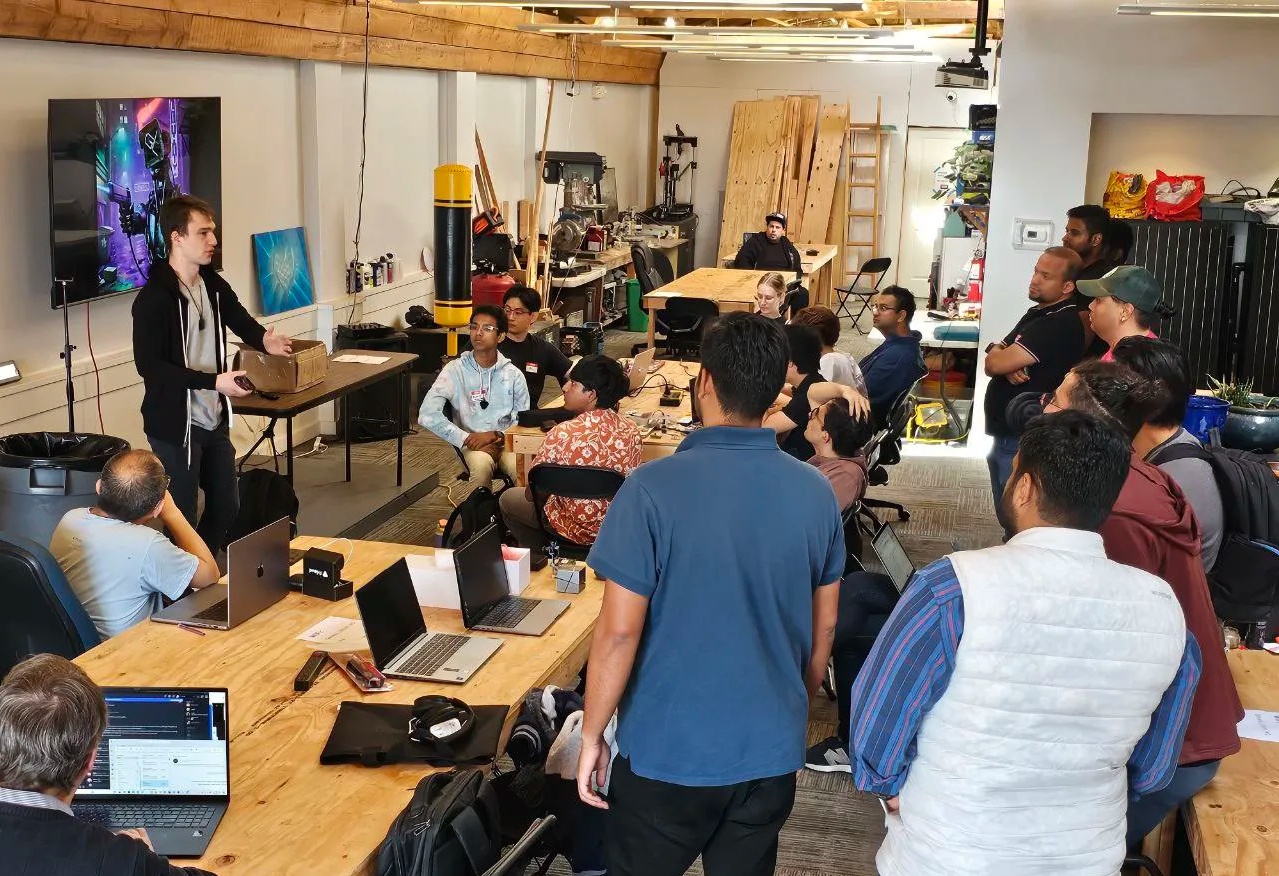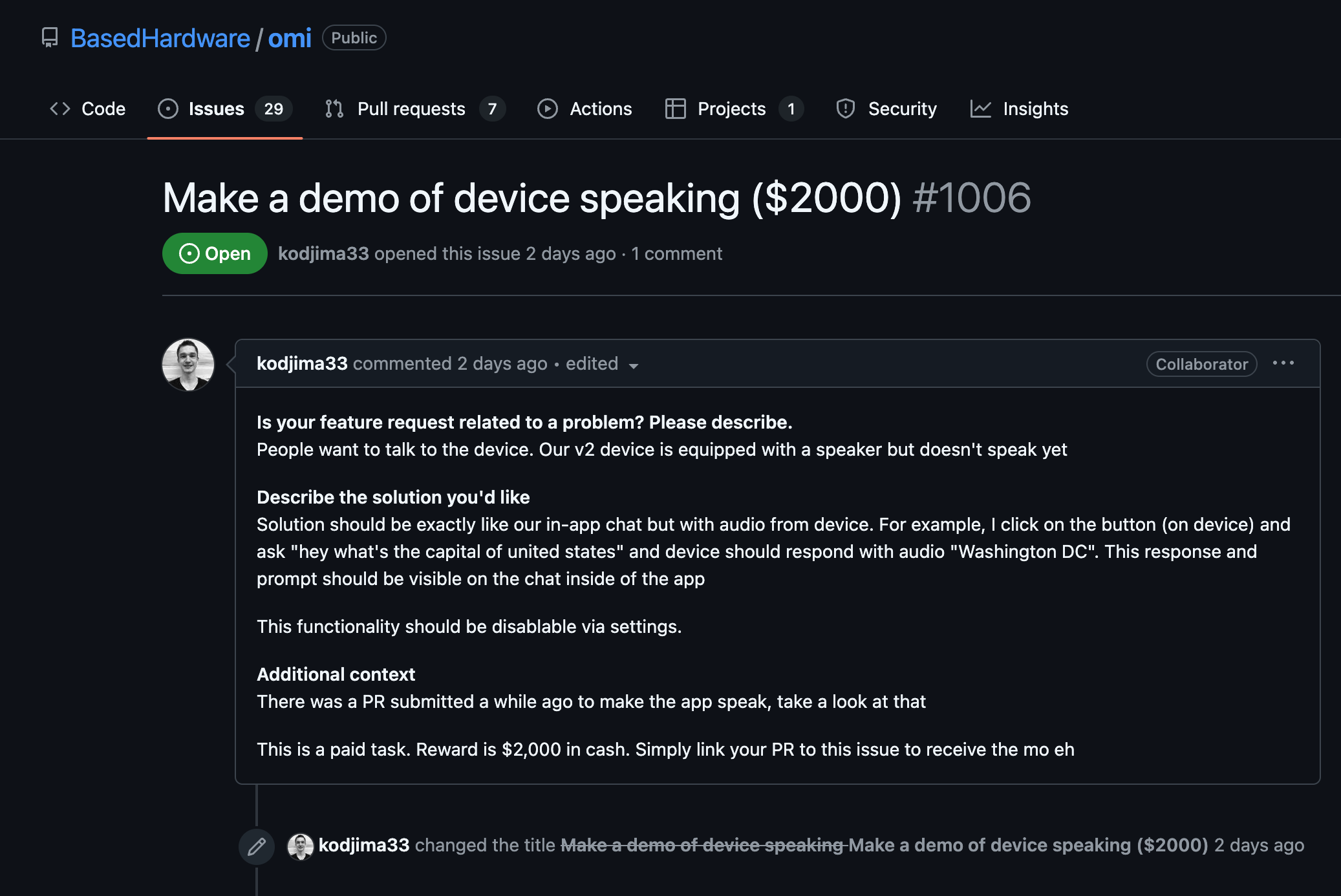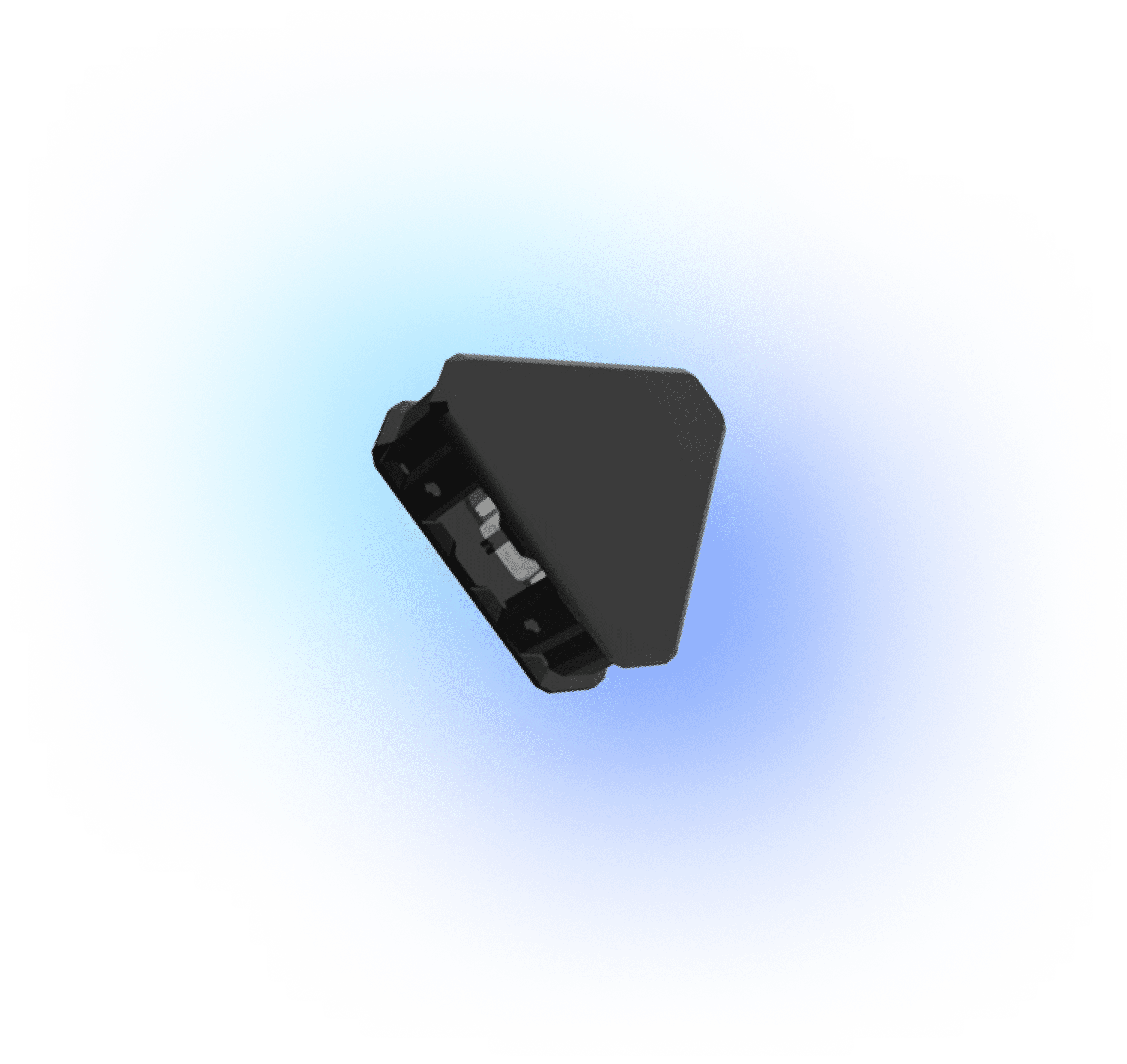Identify the Noise Source
- Determine the common environments where your audio hardware will be used, such as a busy street or a quiet room.
- Measure the ambient noise levels in these environments using a sound level meter or similar tool.
- Identify specific noise frequencies that may interfere with the audio input or output stream.
Set Up Controlled Test Environment
- Create an anechoic chamber or use a soundproof room to eliminate uncontrolled noise.
- Use high-quality speakers placed in strategic locations to simulate different noise scenarios relevant to your users.
- Incorporate different kinds of noise, such as white noise or specific environmental sounds, using a sound generator.
Equipment Calibration
- Ensure your recording equipment is properly calibrated to avoid bias in measurement readings.
- Check that both hardware and software aspects of the audio measurement tools are set to the correct sampling rate and bit depth.
- Use reference audio with known properties to validate that your measurement equipment is accurately capturing sound.
Test Procedures
- Conduct multiple test runs at various frequencies and amplitudes to ensure comprehensive noise reduction assessment.
- Observe how noise reduction performs under both steady and dynamic noise conditions.
- Repeat tests with different types of audio input, like speech, music, and silence.
Evaluate Noise Reduction Algorithms
- Measure the signal-to-noise ratio before and after applying noise reduction to evaluate their effectiveness.
- Compare subjective listening tests with objective acoustic measurements to assess algorithm performance.
- Analyze real-time performance of algorithms in live conditions to ensure they are not just effective but efficient.
Automation and Scripting
- Develop scripts to automate repetitive test procedures using Python or similar programming languages.
- Use Python libraries like NumPy and SciPy to perform signal processing tasks and visualize results.
- Example of capturing audio with Python:
import sounddevice as sd
import numpy as np
duration = 5 # seconds
sample_rate = 44100
recording = sd.rec(int(duration * sample_rate),
samplerate=sample_rate,
channels=2)
sd.wait()
# Convert to NumPy array
audio_array = np.array(recording)
Iterate and Optimize
- Analyze test results to identify performance bottlenecks and areas for improvement.
- Systematically modify hardware components and algorithms based on empirical data.
- Test iterations after each modification to quantify impact on noise reduction efficacy.
Document Results
- Maintain detailed logs and reports of all test setups, procedures, and outcomes.
- Use visual data representation such as graphs for clear communication of results.
- Include user feedback from tests conducted under real-world scenarios for comprehensive documentation.























